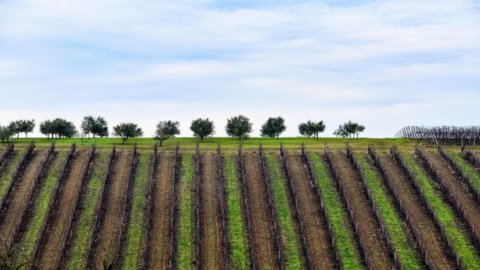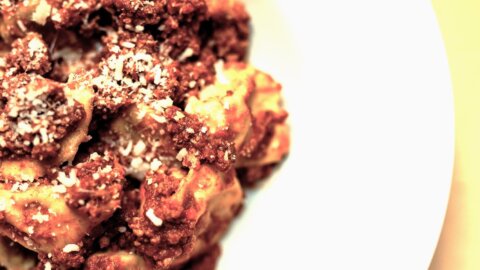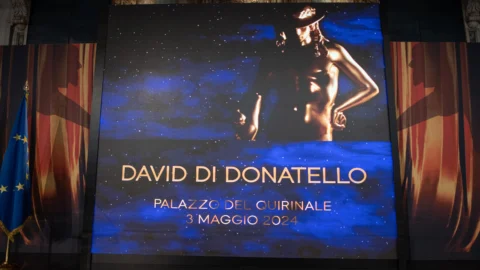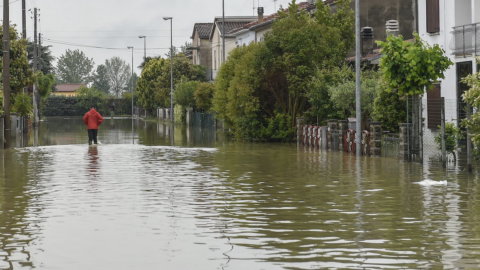Oltrepò Pavese launches the promotional offensive of its excellence with a series of national and international events. After Milan Wine Week, Verona Vinitaly Special Edition, Merano Wine Festival and Rome Food & Wine, the Consorzio Tutela Vini Oltrepò Pavese is also present in New York with the promotion agreed with Eataly.
«We are following all the roads that had to be retraced post-pandemic. – explains Carlo Veronese Director of the Protection Consortium – with a constant flow of information and insights into the territory that has crossed borders and continents thanks also to an activity launched in the States and in some Northern countries (Germany, Switzerland and Austria), for start a wider dissemination and internationalization project of the Oltrepò Pavese Denominations brand. It is a long and important job that can open up new markets and improve those already open».
Among the main objectives is the enhancement of the Product, from the vine to the glass, both in the perception of the brand of the Denominations, and through the special storytelling of this historical land of wine that boasts a strong biodiversity, both through quality, sustainability also economic and social, road now taken by many.
“The versatility of the Oltrepò Pavese products, both in the beverage and in the food sectors – says Gilda Fugazza, president of the Consorzio Tutela Vini Oltrepò Pavese – is a card to play for excellences that tell the typicality of the Territory: they are able to meet all the tastes of a consumer who today is highly evolved, attentive, biodiverse and ready to accept new products that nonetheless have a great history behind them and ask for value».
With its 440 kilometers of hills and approximately 13.000 hectares of Denomination (with 7 Denominations), the Oltrepò Pavese is to all intents and purposes a heritage for national enology. Its territory represents 60 percent of wine production in Lombardy and is the third largest Pinot Noir production area in the world. In addition to Pinot, its flagships are called Barbera, Croatina, Riesling. The associated companies are 160. The complete supply chain involves 1301 companies. The numbers are important: total wine production in 2020 was 12.894 hectoliters for DOCG, 347.527 hectoliters for DOC, 426.765 hectoliters for IGT.
Who imported the vine to the Oltrepò is uncertain: some think that they arrived in Lombardy from Armenia, Georgia and Mesopotamia, by sea and river. An important testimony on the presence of vines in Oltrepò dates back to 1876, when the discovery of a fossil caràsa is attested, that is to say a fossilized vine trunk, 25 cm long by 6 in diameter, found near Casteggio (Clastidium).
The first mention of viticulture in the Oltrepò comes from the words of Strabo, who lived between 60 BC and 20 AD who, documenting his passage in the Oltrepò, writes of «a good wine, hospitable people and very large wooden barrels».
Browsing through the history of the typical Oltrepò Pavese, we discover that in 1884 Oltrepò Pavese boasted 225 native vines. Today there are just over 10 of the most widespread ones, with the tendency of some historical producers to recover the most evident testimonies of the past, such as for example the Uva della Cascina or the Moradella.
In 1884 the local Chamber of Commerce attested that in the areas of Stradella, Montù Beccaria, Broni (…), at the time there were as many as 59 varieties of grape, among which the Moradella, the Pissadella, the Ughetta di Canneto, the Rossara , Barbisino, Pignolo, Besgano, Uva d'Oro, Sgorbera, Nebbiolo, Moscatello and Trebbiano. Little cultivated in those days were Croatina (hence the Bonarda wine) and Malvasia: very little Barbera, Vernaccia, Altrugo and Cortese.
Land of food and wine identities, of raw materials that have always been a source of wealth for the peasant fabric, the Oltrepò Pavese boasts a basket of over 100 quality native products with some flagships such as the Varzi salami DOP, the Voghera pepper , berrettina pumpkin, mountain potatoes, cheeses from Valle Staffora, honey, saffron, black truffle, Bagnaria cherry and Genoese Pomella





